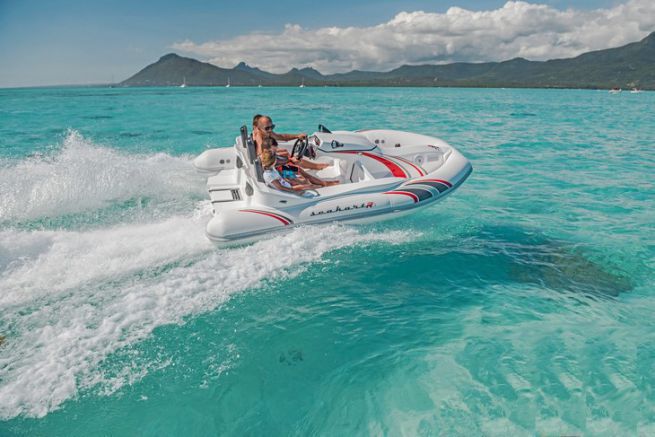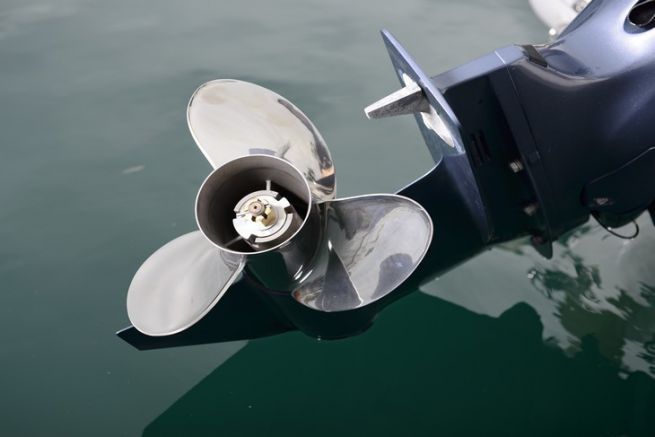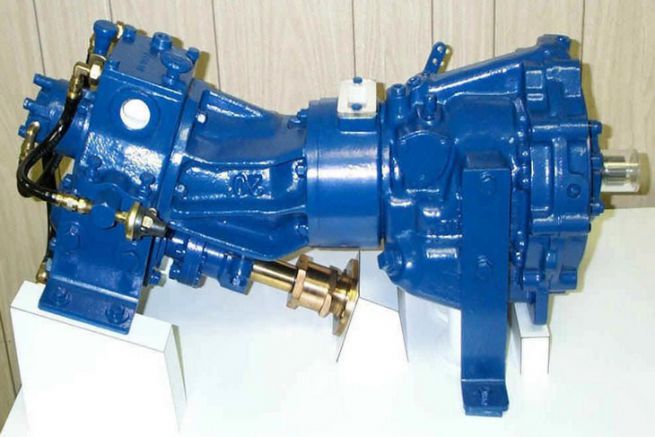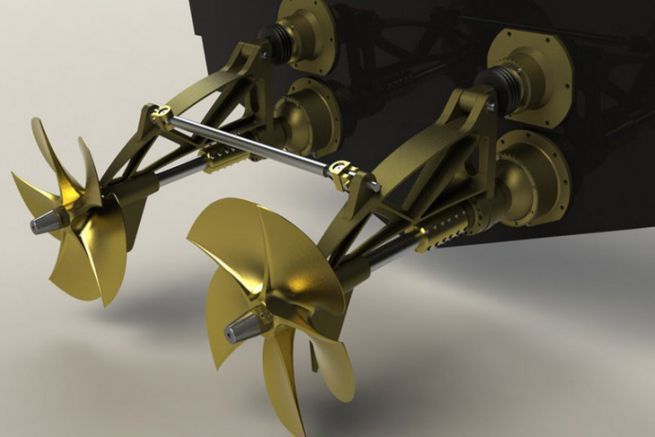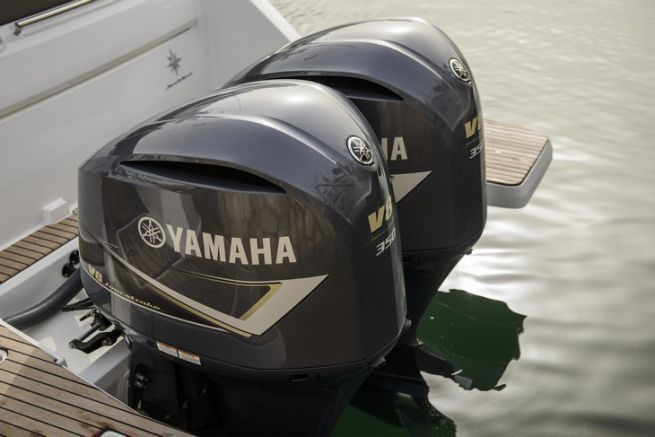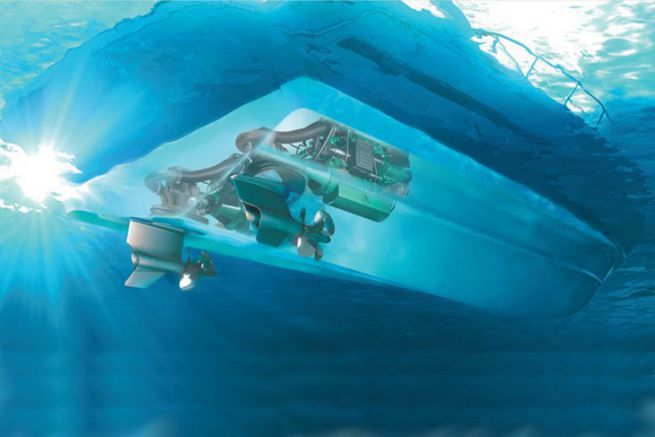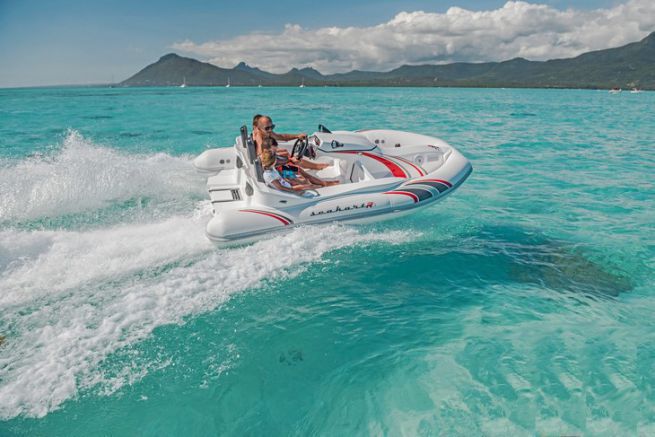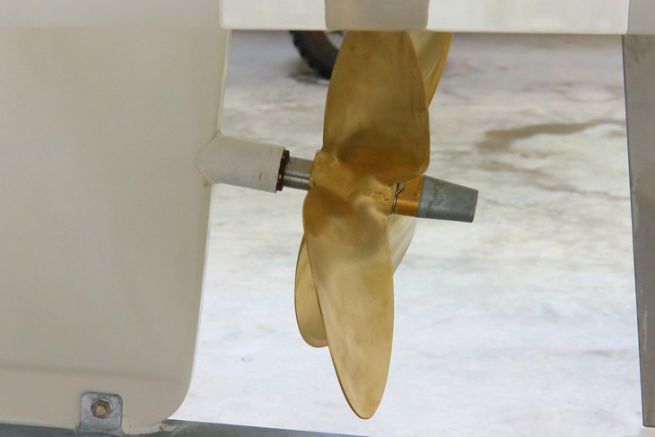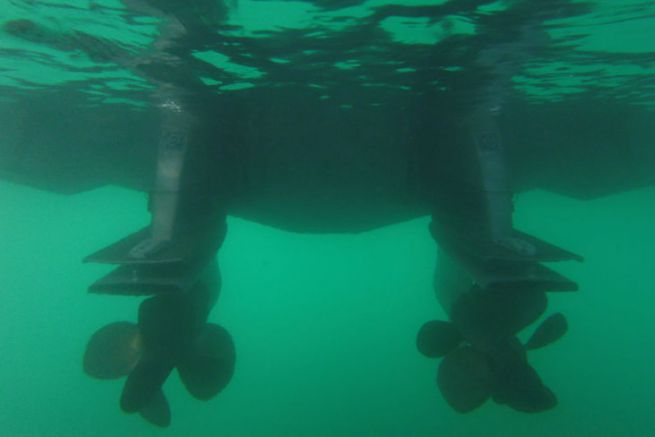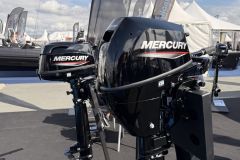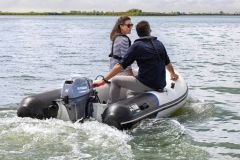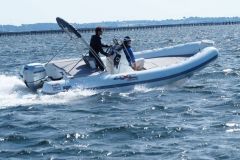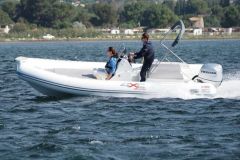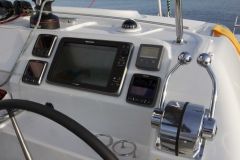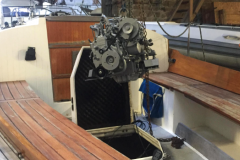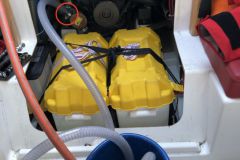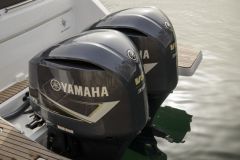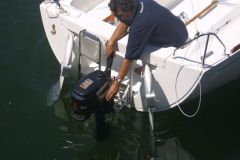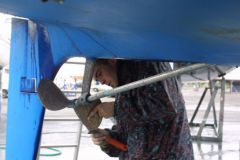Presentation of water jet propulsion
Water jet propulsion is a kind of pump. A turbine sucks water under the hull and quickly propels it to the stern of the boat. The turbine rotates at high speed inside a duct. Water is sucked under the hull and propelled backwards strongly. The reaction causes the boat to move.
Steering and reverse are done by the nozzle on the rear, which can divert the water flow out of the jet.
For what purpose?
Because there is no propeller in the water, the waterjet offers a very fun way to drive. The boat slips in a curve. This type of propulsion is therefore found on fun vehicles (such as the Seakart ) and jet skis (personal watercraft). But the absence of hecil is also a security element. This is why the turbine is used on tenders or emergency equipment. Finally, the hydrojet is a turbine used for large fast ships (from 30 knots), high-speed ferries, service boats such as pilot boats for example.
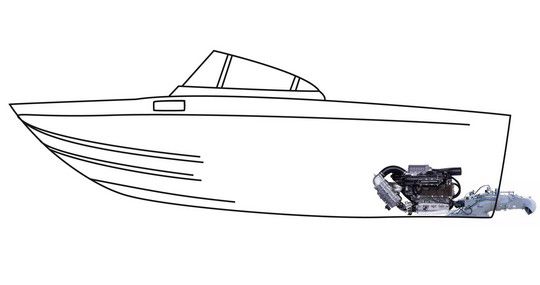
Advantages of water jet propulsion
- Higher speed
- Faster acceleration
- Navigation in shallow water (no risk of damaging the propeller)
- High manoeuvrability at full speed
- Vibration reduction
- Maintenance requiring water to be removed (for the revision of the subbases)
- Safety (propeller pitch in water)
- No external components, therefore no drag
- Higher efficiency than conventional propellers (especially at high speed)

Disadvantages of water jet propulsion
- Low-speed efficiency
- Difficult manoeuvre in slow motion
- Stability and robustness
- Recommended retail price including VAT 2019 :

 /
/ 